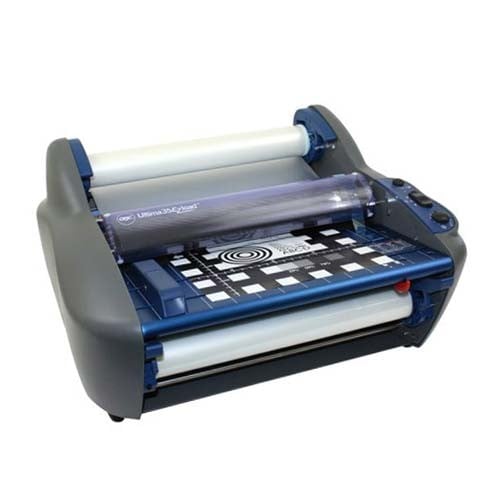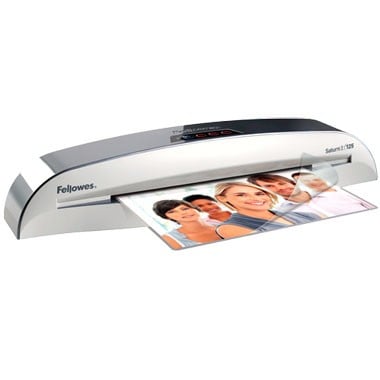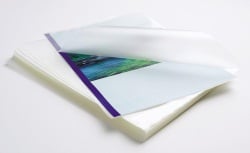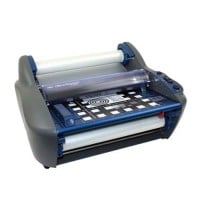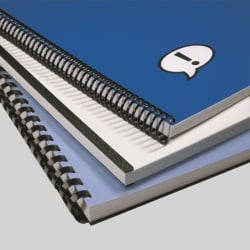MyBinding Knowledge Base
- Binding (248 Article)
- General Binding (42)
- Plastic Comb Binding (57)
- Fastback Binding (59)
- Perfect Binding (2)
- Modular Punching (8)
- Zipbind (3)
- Twin Loop Wire (13)
- Coil Binding (22)
- Thermal Binding (14)
- Strip Binding (1)
- VeloBind (4)
- Binding Covers (14)
- Proclick Binding (10)
- SureBind (4)
- Screw Post (2)
- Hole Punches (2)
- Staplers (4)
- Komtrak Insprial Binding (2)
- Paper (1)
- Rhin-O-Tuff (5)
- Binding Machines Comparison (17)
- Laminating (109 Article)
- General Laminating (26)
- Roll Lamination (16)
- Pouch Lamination (36)
- Pouch Board Laminator (3)
- School Laminator (3)
- Foil Laminating (3)
- Royal Sovereign Laminators (10)
- Laminators Comparison (3)
- Boards (11 Article)
- Bulletin Boards (3)
- Whiteboards (5)
- Chalkboards (1)
- Paper Shredders (44 Article)
- General Shredding (35)
- Industrial Shredders (1)
- Cross-Cut Shredders (2)
- Cardboard Shredders (1)
- Multimedia Shredders (1)
- Personal Shredders (1)
- High Security Shredders (2)
- Ring Binders (9 Article)
- Specialty Binders (2)
- Reinforced Paper (1)
- Health Care Punched Paper (1)
- Perforated Paper (2)
- View Binders (1)
- Index Tabs (9 Article)
- Index Tab Dividers (2)
- Copier Tabs (4)
- Pocket Folders (1)
- Custom Index Tabs (1)
- Pre-Printed Index Tabs (1)
- Paper Handling (37 Article)
- Paper Folders (9)
- Paper Joggers (2)
- Guillotine Cutters (4)
- Rotary Trimmer (3)
- Electronic Paper Cutters (1)
- Corner Rounders (2)
- Paper Scoring (2)
- Paper Drill (2)
- Booklet Makers (3)
- Stack Cutters (1)
- Paper Handling Equipment Comparison (5)
- ID Accessories (12 Article)
- Badge Holder (1)
- Lanyards (8)
- Badge Reels (1)
receive
$5off
*On order $25 or more.
What are my options for binding a book?
Now that you’ve finished your book, here are a few of the methods you can use to bind it.
Saddle stitching is a very common form of binding, which you have mostly seen in smaller booklets and magazines.Using the saddle stitching method, the pages are essentially folded in half and stapled in the middle. Usually two staples are used, and they are placed equidistant from the edge of the pages. The machines that do this binding style are called “booklet makers.” No paper punching is required for saddle stitching, and as previously stated it is a great choice for newsletters, programs, and those types of smaller booklets, as sell as magazines.
This is also a method of binding that you have likely see quite a bit of over the years. The “plastic comb” in question refers to the spine. The spine is made up of a plastic strip with comb-like teeth that curl around each other and hold the pages in place. With plastic bomb binding you get a book that can open flat, making it a great choice for cookbooks, manuals, and other books where it may be beneficial to be able to read in a hands-free fashion. This type of binding requires that you 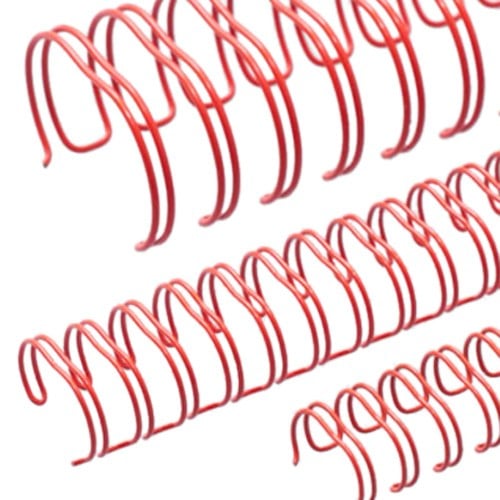
Also known as Color Coil, this is a method of binding you have seen a lot, too. This method of binding is essentially a wire that is wound up through holes that are punched in the edges of the pages, similar to you average wire-bound notebook. Spiral coils come in lots of different colors and are usually made of plastic, or wire that is coated in plastic. These books also require hole-punched pages, and the wire can either be inserted by hand, or with a special tool. These books lie flat, and the pages can also be flipped completely over for added functionality.
Also called double loop, or wire-o. This binding style provides a slightly more elegant look than the previously mentioned methods. Usually featuring thick cardboard covers, books that you would find bound in this method include journals, address books, and art and photography collections. The pages in these books must be punched, and the wire is then inserted and closed using a special tool.
Also known as perfect binding, this is the style you are accustomed to seeing on hardcover and soft-cover books. Though it may seem counterintuitive, this most permanent and elegant of binding systems is quite easily done. Usually, your pages are simply placed inside the cover, which is then placed on its spine in a machine that quickly heats a glue strip that is located in the cover. The whole process can take as little as 30 seconds, and you can have a permanently bound, bookshelf-ready book as soon as the glue cools. In this method, no hole-punching is required, though with glossier paper stocks, it can be helpful to staple the edges before binding.

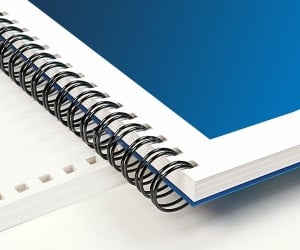
< Over the years, a number of customers have asked me whether they can use twin loop wire with their plastic comb binding machine. These customers often don’t want to have to buy a brand new machine but like the look and feel of twin loop wire binding. However, the answer to their question isn’t as simple as it seems. You see, they actually do make twin loop wire that is designed to work with the plastic comb binding hole pattern. With that said, if you want to use these wires you are going to need a way to close the wires. What is Spiral-O Wire? Let me explain a little bit more…There is a product that we carry called Spiral-O Wire. This wire has 19 loops and is designed to work with the hole pattern from a plastic comb binding machine. Spiral-O Wire is sometimes called Wire Combs or Ibico Wire and was originally designed for use with some of the older Ibico binding machines. A number of the older Ibico plastic comb binding machines also included a twin loop wire closer on the front of them to allow users to use both plastic combs and wire. This 19 loop wire was designed for this purpose. What Equipment is Needed? As the Ibico brand has been phased out by GBC and all of the older Ibico plastic binding machines have been replaced with new models, they no longer have the twin loop wire closer on the front of them. This presents a problem in trying to use these spiral-o wires since you can’t use the wires without a way to close them. One of the only options left is to purchase a Twin Loop wire closer. However, since twin loop wire closers are not incredibly cheap this option usually only appeals to users who have larger electric plastic comb binding machines. Otherwise, it is often advisable to simply buy a low end 3:1 pitch twin loop wire binding machine (the supplies are cheaper). This being said, if you have one of the older Ibico binding machines that has a wire closer included you are in luck. The Spiral-O binding supplies that we carry will work perfectly with your machine and you will be able to use both plastic combs and wire depending on your needs. These Spiral-O binding supplies are available in Black, Silver, White, Blue and Red and in sizes up to 1″ in diameter. If you aren’t sure what type of wire binding supplies that you need to work with your machine simply give us a call. Our trained sales representatives will be glad to help you find the correct supplies for use with your machine.(Read More)
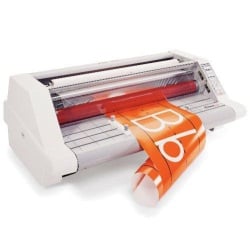

Loading...


